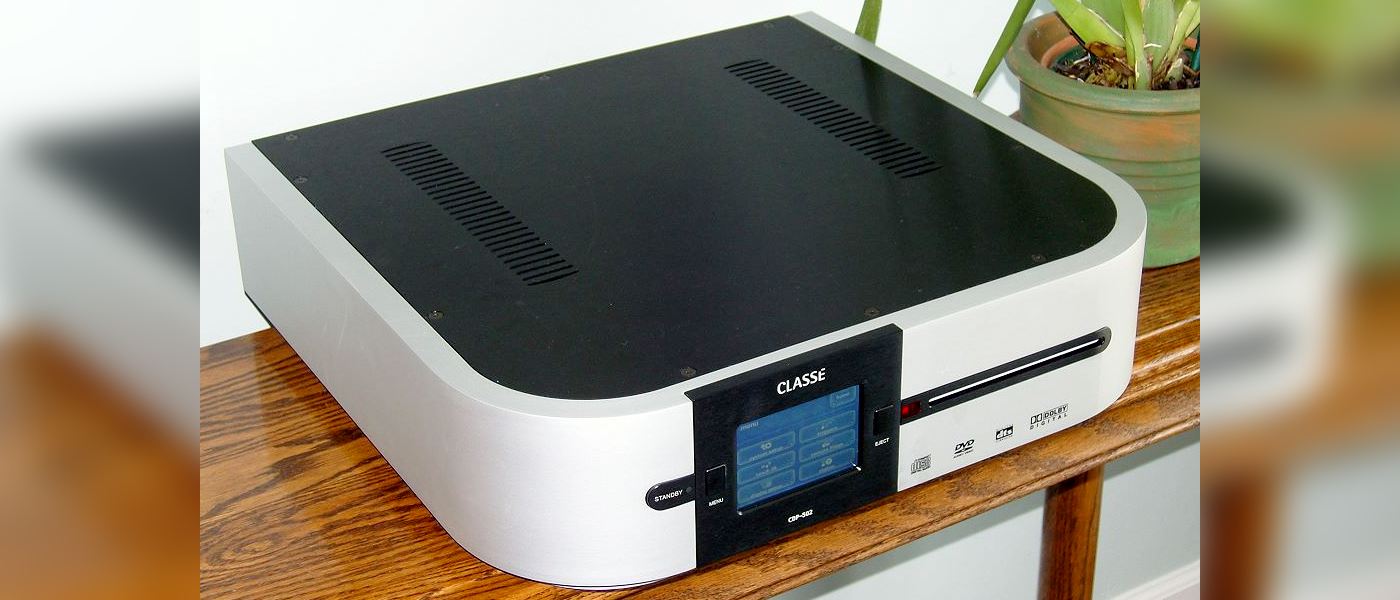
Introduction
Samsung set themselves apart from the Blu-ray pack last time around in our Secrets DVD Player Benchmark™ with the BD-P1200. While not the best Blu-ray player on the block, it did a commendable job with DVD playback thanks to the utilization of the new Silicon Optix Reon chip. We were really hoping that this would become the de facto standard with their upcoming players, but unfortunately that is just not the case. The new BD-P1400 does bring some compelling features to the Blu-ray playback suite, but regresses back to the performance of its earlier players with DVDs.
I tested the Samsung BD-P1400 the same time I tested the new Pioneer Elite BDP-95FD Blu-ray player. I was surprised at how close their performance was for video playback, considering their price difference. The Pioneer certainly brought some extra features to the table to add to the price point, but I expect better video performance when paying over twice the price of the competitor. Both players use HD decoder chips by Sigma Designs and do not rely on a second video processing chip for i/p conversion or scaling duties.
A review on the overall performance of the BD-P1400 has already been published.
Specifications
- Codecs: Blu-ray, DVD-V, DVD-R, DVD-RW, DVD-RAM, CD, CD-R, CD-RW
- Built-in audio decoding for Dolby Digital, Dolby Digital Plus, Dolby TrueHD, DTS, and DTS-HD, plus multi-channnel uncompressed PCM
- Outputs: Composite, S-Video, Component Video,HDMI 1.3a
- 720p/1080i/1080p Video Scaler for DVD (through HDMI output only)
- Dimensions: 16-15/16″W x 3-3/16″H x 14-3/8″D
- MSRP: $499.99 USA
- Samsung
To this day, the Samsung BD-P1400 and the Panasonic DMP-BD10 (and 10A) are the only Blu-ray players that have taken advantage of a higher end video processing chipset. The 1200’s use of the Reon chip with HQV processing resulted in spectacular DVD and HD video processing performance in our Benchmarks and standard reviews. I don’t understand why HD player manufacturers have been giving DVD playback the complete back seat in terms of performance. I imagine most people would prefer to replace their standard DVD players with their HD players since they do support DVD playback and hope to get similar performance, if not better.
Since HD players are in their infancy right now, most of the buyers are probably early adopters or A/V enthusiasts who don’t mind paying a bit more to get the cutting edge products. But there is nothing cutting edge about the DVD performance I’ve been seeing from these players. In fact, they remind me more of the budget mass market DVD players you’ll find at your local low end department store.
The Results
The BD-P1400 did fairly well with our core video tests. The player does not have any Y/C delay problems with HDMI or component outputs, and I didn’t see any pixel cropping. It does fail our 2-3 alternating flag chroma test, but it is unclear if this is a result of not properly supporting a 2-3 alternating cadence or truly having an issue with the decoder with chroma information (I would lean to the cadence issue). The 1400 retains head and toe room in the grayscale and outputs a 4:2:2 YCbCr video signal.


For our de-interlacing tests, the 1400 performs exactly the same as the before mentioned Pioneer Elite player. It passes our most basic 2-3 de-interlacing test, but did not pass any other film based cadences. Even a small hiccup in flags caused this player to revert to a video mode, sacrificing resolution and creating obvious visual artifacts in the image.
For video based material, the 1400 did fairly well. It is motion adaptive and passed our 2-2 cadence based tests. This player does not apply any diagonal line processing, so jaggies will be quite apparent with most video based material.
Usability was a bit better than I’ve seen from similar Blu-ray players. The loading times were on the slow side, but after that, general navigation was smooth and relatively quick. The layer change time was a sluggish 1.25 seconds, which will create an obvious pause during layer changes.
Conclusions
The BD-P1400 represents a decent Blu-ray player at an attractive price point but a mediocre SD DVD playback device. End users would be better off using a higher quality standalone DVD player for that library or looking at Samsung’s BD-P1200 if SD DVD playback quality is important to them.


